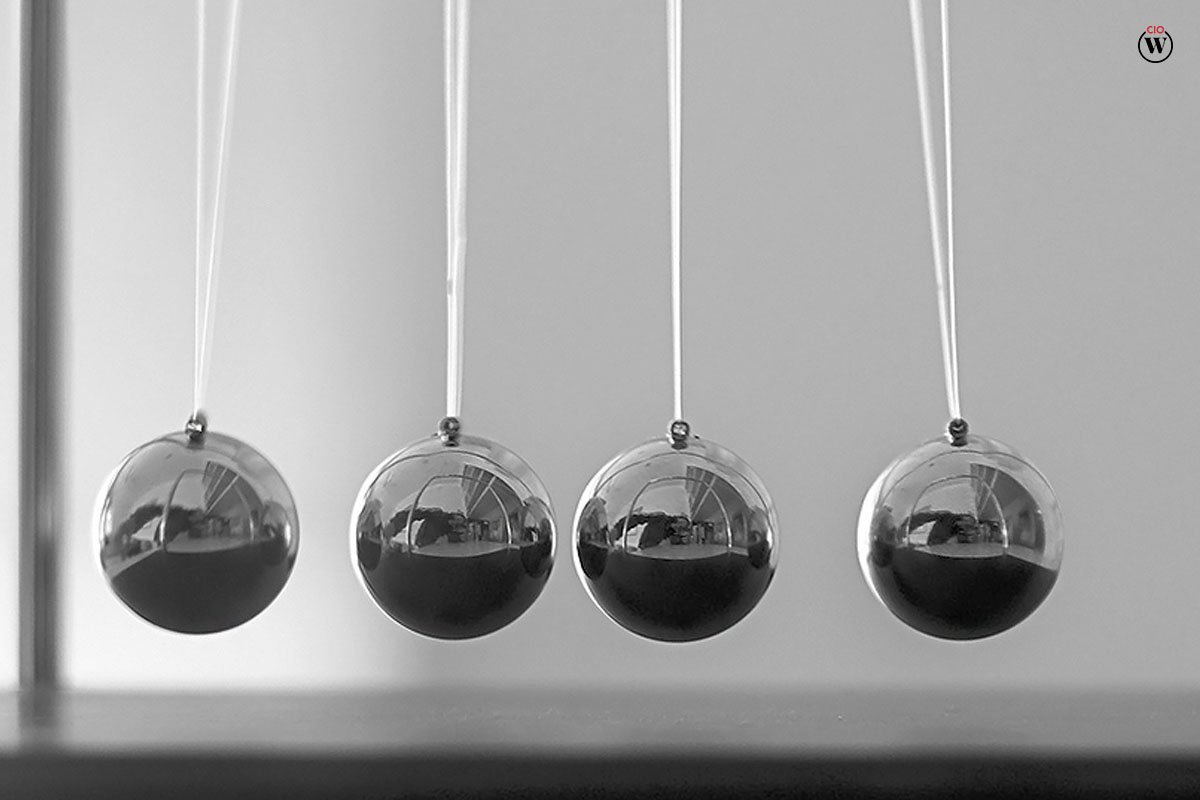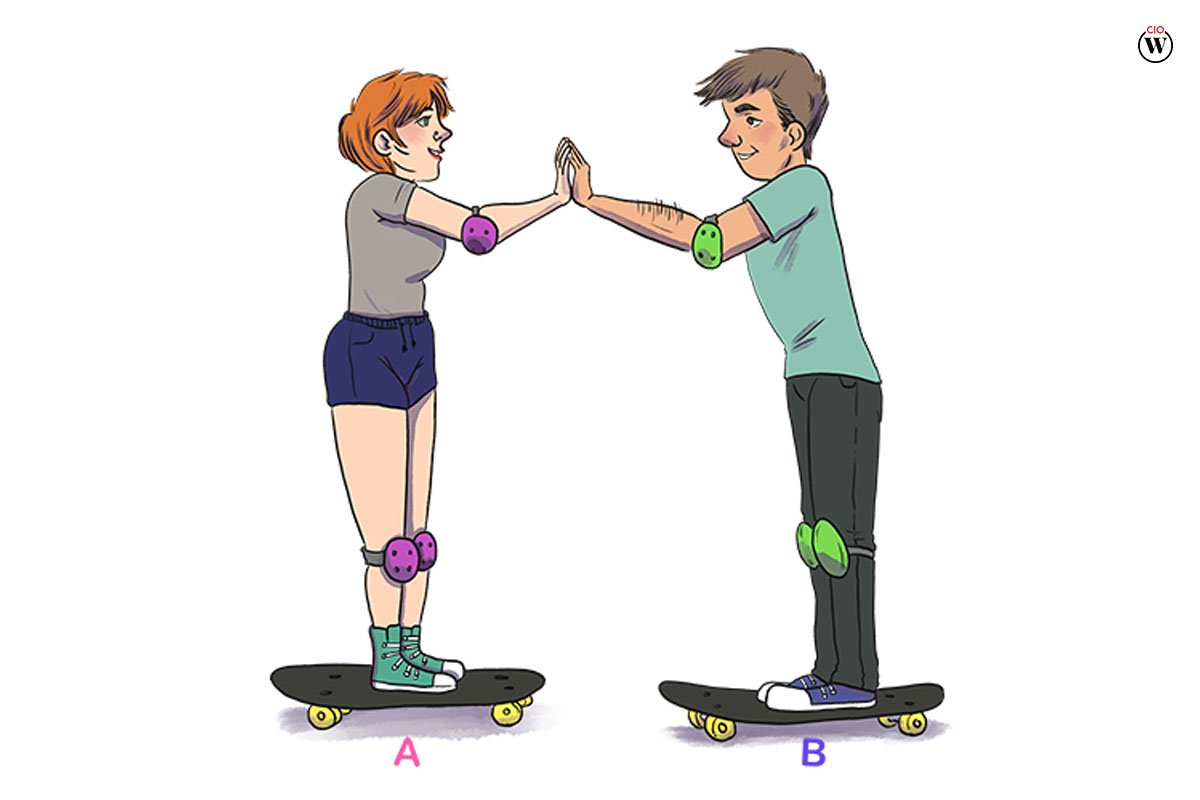Sir Isaac Newton’s groundbreaking book, The Principia: Mathematical Principles of Natural Physics Productivity of Newton’s Laws, came out in 1687. In it, he explained his three laws of motion. Newton laid the groundwork for classical mechanics and changed the way people around the world thought about physics and science.
Most people don’t know, though, that you can use Newton’s three laws of motion as an interesting example of how to be more productive, make your work easier, and improve your life.
I’ll call this comparison “Physics Productivity of Newton’s Laws”
Here is the Physics Productivity of Newton’s Laws of Getting Work Done;
1. The first law of productivity by Isaac Newton
First Law of Motion: An object either stays still or keeps moving at the same speed unless an outside force acts on it. (That is, things that are moving tend to stay moving. Things that still tend to stay still.)
In Physics Productivity of Newton’s Laws in a lot of ways, putting things off is a basic law of the universe. It’s the first law Newton applied to work. Things that still tend to stay still.
What’s good? It works in both directions. Things that are moving tend to keep moving. This means one thing: if you want to be productive, the most important thing is to find a way to start. Once you get going, it’s a lot easier to keep going.
So, how should you start when you can’t stop putting things off?

The 2-Minute Rule is the best rule of thumb I’ve found for getting started in Physics Productivity of Newton’s Laws.
Here’s how the 2-Minute Rule can help you get things done: Find a way to start your task in less than two minutes. This will help you stop putting things off.
Note that you don’t have to finish your task. In fact, you don’t have to do the main task at all. But because of Newton’s first law, once you get started on this 2-minute task, it’s usually much easier to keep going.
Here are some examples…
You might not want to go for a run right now. But putting on your running shoes and filling up your water bottle might be enough to get you out of the house.
You might be staring at a blank screen and having trouble writing your report right now. But if you write random sentences for two minutes, you might find that useful sentences start to come out of your fingers.
You might not be able to draw anything right now because you can’t think of anything to draw. But if you draw a dog from a random line on a piece of paper, it might get your creative juices flowing.
Getting started is often what gets people going. Figure out how to start out small. Things that are moving tend to keep moving in the Physics Productivity of Newton’s Laws.
2. The second law of productivity by Isaac Newton.
F = ma is the second law of motion. The vector sum of all the forces acting on an object is equal to the object’s mass times its acceleration vector. (i.e. Force equals mass times acceleration.)
Let’s look at F=ma and how it can be used to measure the Physics Productivity of Newton’s Laws.
There is one thing to remember about this equation. Force, written as F, is a vector. Vectors are made up of both size (how much work you are doing) and direction (where that work is focused). In other words, if you want an object to move faster in a certain direction, the size and direction of the force you apply will make a difference.
What’s that? Getting things done in your life is the same way.

If you want to be productive, it’s not enough to work hard; you also have to put that work in the right place (direction). This is true for both big and small decisions you make every day.
You could use the same set of skills in different ways and get very different results of the Physics Productivity of Newton’s Laws.
Simply put, you can only put so much effort into your work, and where you put that effort is just as important as how hard you work.
3. The third law of productivity by Isaac Newton.
Third Law of Motion: When one body puts a force on another body, the second body puts a force on the first body that is the same size but goes in the opposite direction. (i.e. Equal and opposite forces.)
We all tend to move at a certain average speed in life. Your normal levels of productivity and efficiency are often a balance of the productive and unproductive forces in your life, much like Newton’s equal and opposite forces.

There are good things in our lives, such as being focused, being optimistic, and being motivated. There are also things that don’t help, like stress, not getting enough sleep, or trying to do too many things at once.
If we want to be more useful and the Physics Productivity of Newton’s Laws, we can do one of two things. The first choice is to add more people who can do work. This is the choice to “power through it.” We keep going, drink more coffee, and work harder. People take drugs that help them concentrate or watch motivational videos to get themselves pumped up. All of this is an attempt to increase your productive force and beat the forces that are not productive.
Obviously, you can only do this for so long before you get tired, but for a short time, the “power through it” strategy can work well. The second choice is to get rid of the forces that are against you. Simplify your life, learn how to say “no,” change your surroundings, take on fewer responsibilities, and get rid of other things that are holding you back.
If you get rid of the things that don’t help you, your Physics Productivity of Newton’s Laws will go up on its own. It’s like the hand that was holding you back just disappears. I like to say that you wouldn’t need tips on how to be more productive if you got rid of all the things that keep you from being productive.
Most people try to force their way through and smash through the obstacles. The problem with this plan is that you still have to deal with the other side. I find it much less stressful to get rid of the things that are working against you and let your work flow forward on its own.
4. Newton’s Laws of Productivity
Physics Productivity of Newton’s Laws of motion tells us almost everything we need to know about how to be productive.
Things that are moving tend to keep moving. Find a way to start in less than 2 minutes.
Not only do you have to work hard, but you also have to work on the right things. You only have so much power, and where you use it matters.
Your productivity is a balance of forces that work against each other. If you want to get more done, you can either push through the obstacles or get rid of the things that are getting in your way. It seems like the second choice is less stressful Physics Productivity of Newton’s Laws.









